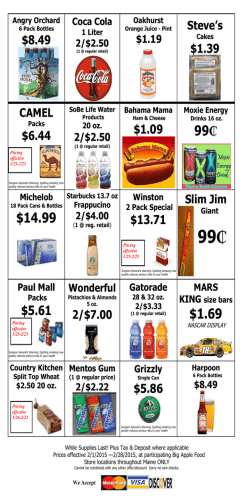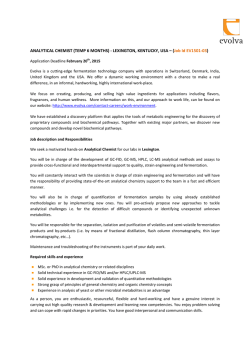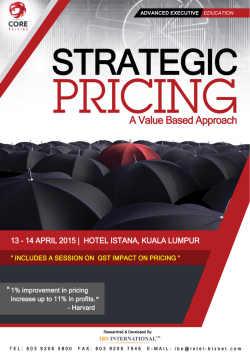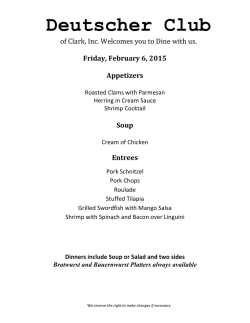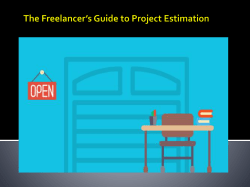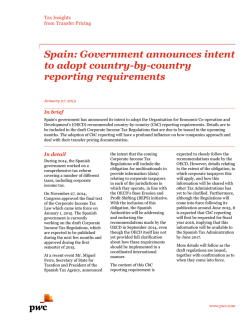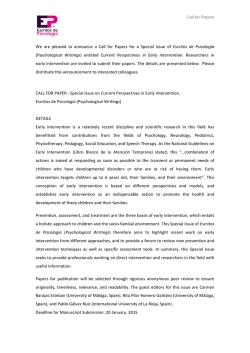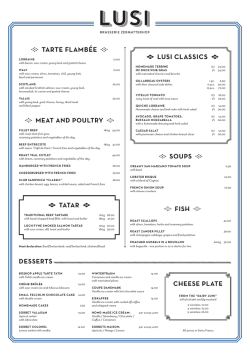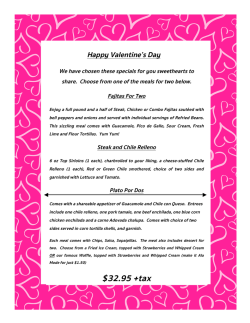
Genius Psychological Pricing Hacks to Increase Your Freelance Rate
Have you ever watched a parent negotiate with their kid over something? While you might disagree with the idea of negotiating with a small terrorist (trust me, that’s how it feels every once in awhile), the reality is that sometimes it’s either that, or enduring ear-splitting screams in a situation that you simply can’t get out of. My favorite negotiation tactic is to present options that satisfy me, with one of them being slightly more appealing than the other. For example: Hey, kiddo! Here’s the deal. You can’t have three pounds of ice cream. You can, however, either have some strawberry yogurt or some carrots. What’s it going to be? If the kid’s aiming for ice cream, there’s a good chance the (still sugary but more healthy) yogurt will win this one… and if it doesn’t? Then I just got my kid to eat a carrot. Boom. You can use the same tactics with potential clients. It’s called Psychological Pricing. Now, I’m not saying your clients are children, I’m simply saying there are subtle tactics you can use to convince them to buy your wares and services. So, pull up a long couch and tell me something deep and poignant about your childhood. Let’s get psychological. Kidding. Obviously. Let’s talk pricing psychology. Be honest. You’re not trying to swindle people. Before we talk too much about price anchoring and “analytical purchases”, I want to make things very clear: Psychological pricing can score clients, but you have to be honest about prices and services. CLICK TO TWEET Openly communicating throughout the entire onboarding process will eliminate any surprises and consequential hard feelings. Focus on the VALUE of your services and products. This is the golden rule of pricing psychology. It doesn’t matter what your numbers are, if you can’t communicate the value of what you offer, the numbers will be the only thing potential clients care about. Similar to an elevator pitch, your product descriptions, meetings with potential clients, and any initial customer service encounters need to effectively communicate how your service or product will enrich the lives of the user. Doing this quickly and efficiently is a good way to distract the client from price long enough to plant a seed of high quality in their minds. Something that many business owners value more than anything is time. If your product can save someone time and provide convenience, focusing on that will be more effective than heading straight to the price discussion. Follow through on that value for client retention. The last thing you want your client to experience is buyer’s remorse. You don’t want to put in weeks of work, only for the client to balk when it comes time for payment. Make sure your customer service is friendly, responsive, and designed to keep your clients happy for many projects to come. Remember, though, you’ve got to set communication boundaries that protect your work and personal time. Determine what kind of service or product you’re offering. Focusing and delivering quality are tactics that double as good business sense in general… but we’re going to move on to some seemingly tiny, nit-picky moves that have been proven to turn potential clients into actual clients. First, you’ll need to identify whether your service or product is considered an emotional or analytical purchase. Emotional purchases can sometimes be considered luxury purchases: Anything that might seem decorative or not necessary for basic function. Analytical purchases are usually structural, seemingly-integral purchases. Believe it or not, people react differently to prices based on purchasing reasons. Look at the numbers. Like, actually look at them. Rounded Numbers Studies have shown that, in an emotional purchase, rounded numbers (numbers without cents tagged on to the end) are ideal. You’ve made an emotional or impulse purchase before, right? In those instances, the last thing you want to do is think about the consequences, and the more your brain has to work, the more time you have to use reasoning. This is why removing cents from the price removes the extra work your brain has to do. “$3 bucks? Okay, sure!” Charm Pricing and Analytical Purchases: If you’re putting a lot of thought into your purchase, that’s when you’ll appreciate seeing some cents tacked on at the end of a price. It suggests that the person in charge of pricing was thinking about their decisions, rather than tossing out some random number. You can take that tactic a bit further with this next bit. Prices that end in 9, 99, or 95 are considered “charm prices.” The effectiveness of these prices are attributed to a few different factors. One is the “magic number 9.” Multiple studies have tested the effectiveness of the number 9 in pricing, even citing instances where a more expensive item sold better than a less expensive one, simply because the number 9 was involved. The other explanation is that, even though the difference is only that of one or two cents, the reduction of the number on the left side of the price convinces people that it is actually significantly less expensive. For example, $14.99 can seem like a much better deal than $15.00, simply because the dollar amount is lower. Limit choices and try out some price anchoring. Giving your potential clients too many choices will either A) send them straight to your cheapest package or B) overwhelm them so much they decide it’s not worth it. Coming up with a few different package options will keep your clients from freaking out and give you a little more control over this situation. Placing a “premium” product (more features, more expensive) next to a standard one is a great way to influence clients even further. Juxtaposing a premium product or package so close to a standard option emphasizes the value of its benefits and helps the cost seem more trivial. Think small. This might seem basic or entirely too simple, but bear with me here. Making the price of your product actually seem small is a tried-and-true way to help shoppers focus more on the value and less on the cost. A few ways you can do that are: •Use a smaller font size to display the cost of your services •Actually use the word “small” in your copy. “For a small, onetime fee of…” •Describe the value in smaller increments. For example, referencing the cost of something per day will produce a smaller amount than the cost of something per month or per year. Remember: Be Honest Pricing psychology in freelancing isn’t meant to deceive people. You’re not making promises you can’t deliver or using it to hide extra fees; you simply want to shift a potential client’s focus to the value of your product, rather than the cost of your product. With this in mind, what’s there to lose? Hop off that couch and start experimenting with these psychological pricing hacks; you just might snag enough new clients to buy three extra gallons of ice cream a month… or an actual session with a psychologist… or both. Article Resource: https://www.approveme.com/freelancing/psychologicalpricing-hacks-freelance-rate/
© Copyright 2025
